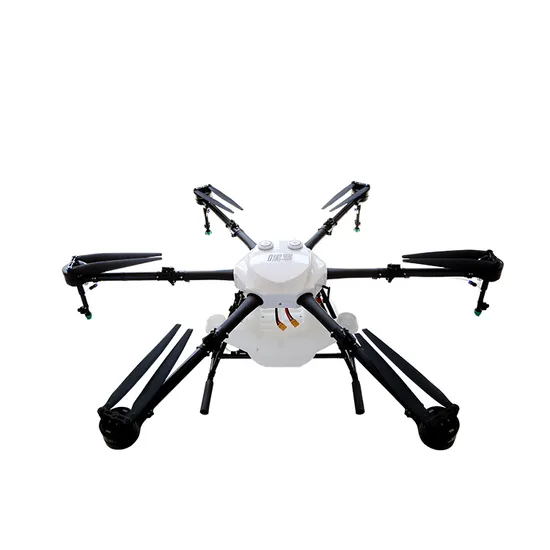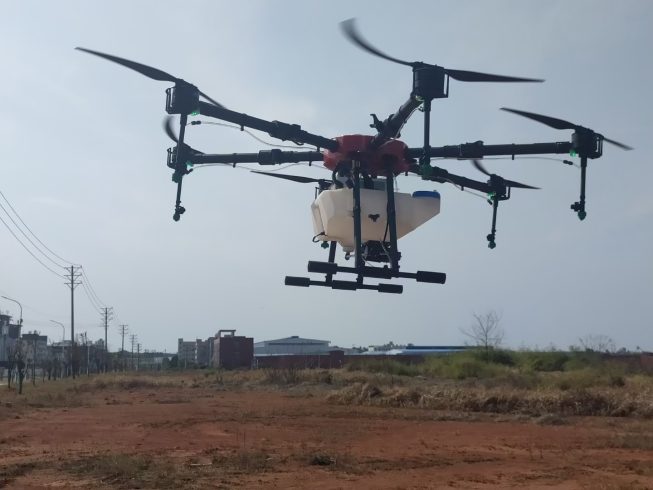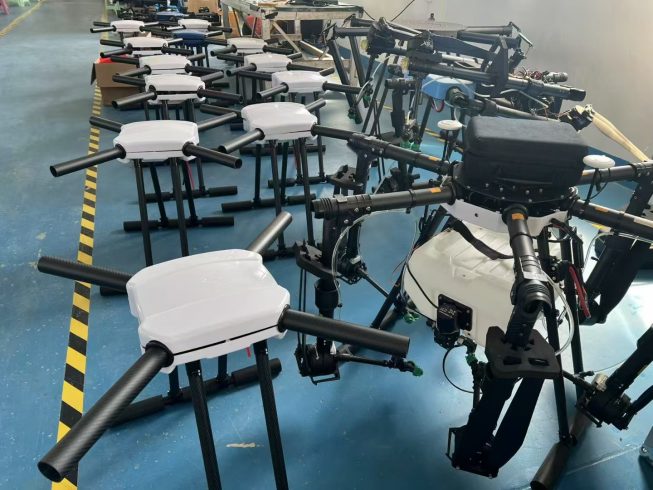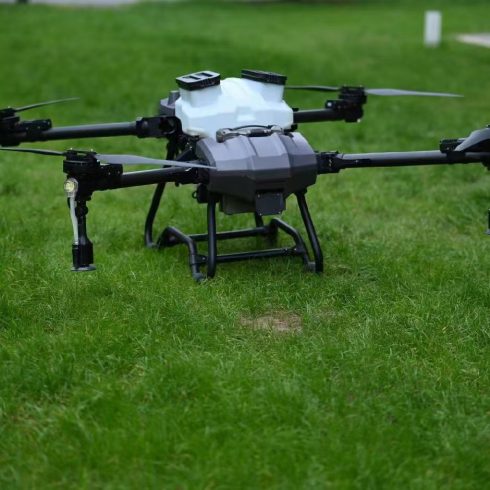
Nestled high in the Pyrenees, Andorra is a postcard of alpine charm—snow-capped peaks framing emerald valleys, stone villages dotted with wooden barns, and meadows where sheep graze alongside wildflowers. For centuries, this microstate’s agriculture has been a quiet pillar of identity: small family plots tending Pyrenean potatoes, vineyards clinging to sunlit slopes, and shepherds guiding flocks through pine forests. But in recent years, this timeless rhythm has faced new pressures. A shrinking pool of young farmers, the EU’s tightening sustainability mandates, and climate shifts threatening fragile mountain ecosystems have left Andorra’s growers searching for tools to preserve their heritage and feed their communities. Enter an unexpected ally: agricultural drones imported from China, now soaring over Andorra’s high pastures to reimagine what mountain farming can be.
Andorra’s Farms: Tradition Meets Tightrope
Andorra’s agriculture is defined by its limits—and its pride in them. With just 468 square kilometers and a population under 80,000, most farms are minuscule: think 2–3 hectares of terraced vineyards in Encamp, or potato fields carved into steep hillsides near Sant Julià de Lòria. Many families have farmed the same plots for generations, their knowledge passed down like heirlooms. But today, that legacy is strained.
“Young people want jobs in Andorra la Vella or Barcelona,” laments Joan, a 58-year-old vineyard owner in Ordino. “I’m down to just my daughter helping part-time. Hand-weeding our 2 hectares of Merlot? That takes a month. By then, the weeds have taken over.” Climate change compounds the struggle: unpredictable frosts last spring damaged 30% of the nation’s cherry crop, while summer droughts parched soil in lower valleys. And as Andorra aligns with EU environmental goals—aiming for carbon neutrality by 2050—farmers face pressure to cut chemical use without sacrificing yields. “We can’t go back to plows and horses,” Joan adds. “But we need tools that respect the land.”
Drones: Built for Andorra’s High-Altitude Hustle
When we first explored exporting to Andorra, we didn’t just see a tiny market. We saw a landscape that demanded ingenuity. Andorra’s farms exist in narrow bands between rock and sky—steep, fragmented, and often accessible only by footpaths. Our drones, engineered in China’s agricultural tech hubs, were designed for exactly this.
First, portability. Weighing under 12 kilograms, they fold into compact cases, easy to carry on mules or hike up mountain trails to remote plots. “In the past, bringing in heavy equipment meant clearing paths or renting helicopters,” says Marc, who manages a cooperative in La Massana. “Now? Two farmers can unpack a drone and launch it in 10 minutes.”
Precision is their superpower. Multispectral sensors map crop stress—whether from frost damage, nutrient gaps, or early blight—in hours, not days. For Joan’s vineyards, this means targeting fungicide sprays only where mildew lurks, slashing chemical use by 40%. “Before, I doused the whole vineyard to be safe,” he admits. “Now the drone shows me exact hotspots. My grapes taste the same, but my conscience is lighter.”
Ease of use matters, too. Many Andorran farmers aren’t tech wizards, so we simplified controls: one-touch “health scan” modes, pre-set flight paths for local crops like Pyrenean potatoes, and training in Catalan (with local agronomists leading sessions). “I thought drones were for cities,” jokes Maria, a shepherdess in Andorra la Vella who now uses one to monitor sheep in high pastures. “But this? It’s like having a second pair of eyes. I can check on my flock from my kitchen table.”
From Delivery to Dialogue: Building Trust in Mountain Communities
Shipping drones is straightforward. Earning trust? That takes roots. We learned quickly that Andorran farmers value relationships as much as results. So we partnered with the Cooperativa Agrícola d’Andorra, hosting workshops in village halls where farmers shared stories over truita amb bacallà (trout omelets) and drone demos. “At first, some called it ‘flying toys,’” recalls Pere, the cooperative’s director. “But when Joan showed his reduced chemical bills? They crowded around his tablet to see the data.”
Locally, we stock spare parts in a warehouse near Andorra la Vella, ensuring 24-hour repairs. When a drone slid off a rocky trail last winter, our team flew in from China to train Marc’s son on fixes—no red tape, just problem-solving. “You didn’t just sell us a tool,” Pere says. “You stayed. That’s what matters in a place like this.”
Stories of Resilience: Small Farms, Big Shifts
The impact is quietly transforming Andorra’s countryside:
-
Vineyards: Joan’s farm now uses drones to monitor soil moisture, guiding drip irrigation and cutting water use by 25%. “Our Merlot has more depth,” he says. “And tourists? They love hearing about our ‘drone-tended’ vines. It’s part of our story now.”
-
Potato Fields: Maria’s cooperative reduced herbicide use by 35% by targeting weeds with pinpoint sprays. “EU inspectors notice,” she grins. “They praise our eco-friendly practices. That means better prices for our Pyrenean spuds.”
-
Sheep Herding: In remote valleys, shepherds use drones to track flocks, spotting lost sheep or injured animals hours faster than hiking. “No more spending nights searching,” says Andreu, a lifelong shepherd. “The drone is my new border collie.”
More Than Exports: A Partnership for the Peaks
What began as a business venture has become a shared mission. Andorran farmers teach us about their unique world: how drones handle Andorra’s fierce north winds, which crops (like wild garlic) need gentler spray settings, even which colors blend best with their stone walls (muted green, not flashy black). In return, we’re refining our designs—smaller tanks for high-altitude vineyards, louder alarms to deter mountain goats—to better serve Europe’s alpine farms.
As Andorra strides toward sustainability goals, agri-drones offer a bridge between old and new. They’re not replacing shepherds’ crooks or generations of farming wisdom—they’re amplifying it.
So when you next see a drone gliding over Andorra’s vineyards or potato fields, know this: it’s more than technology. It’s a promise—of preserving a mountain way of life, of respecting the land, and of proving that even the smallest corners of the world can grow stronger with the right tools.
After all, the best innovations don’t erase tradition. They give it wings.
THE END







暂无评论内容